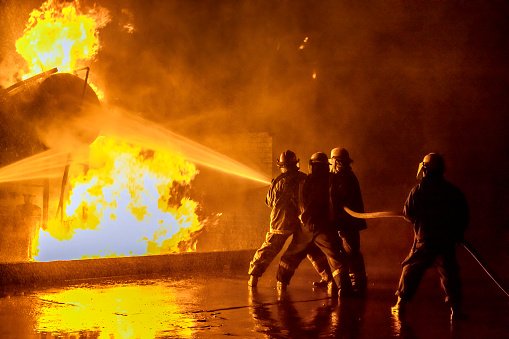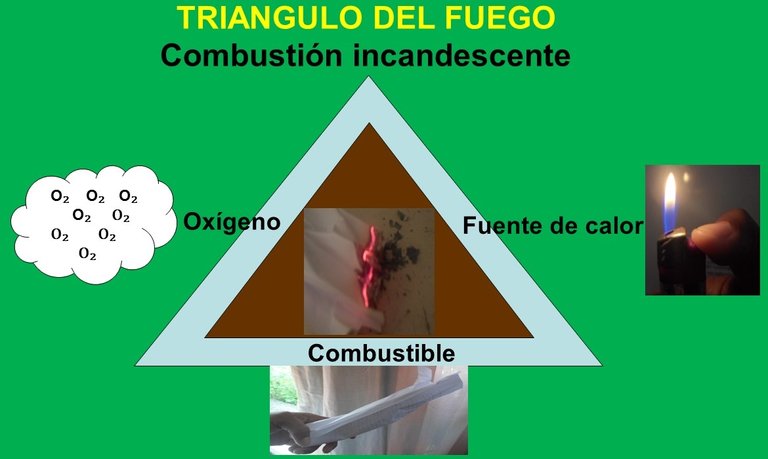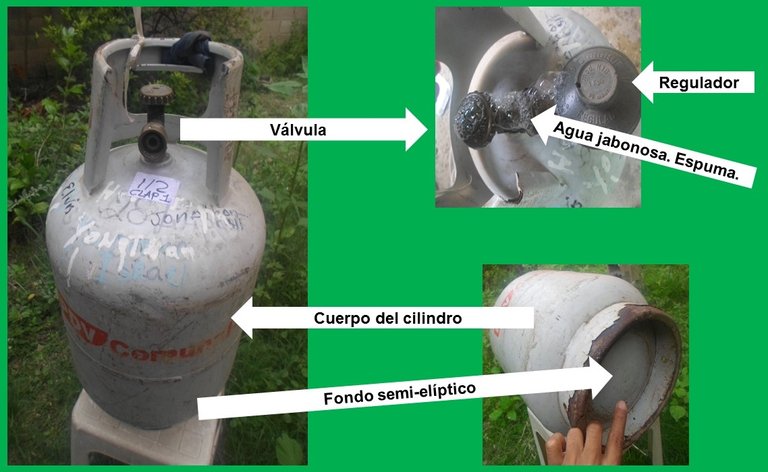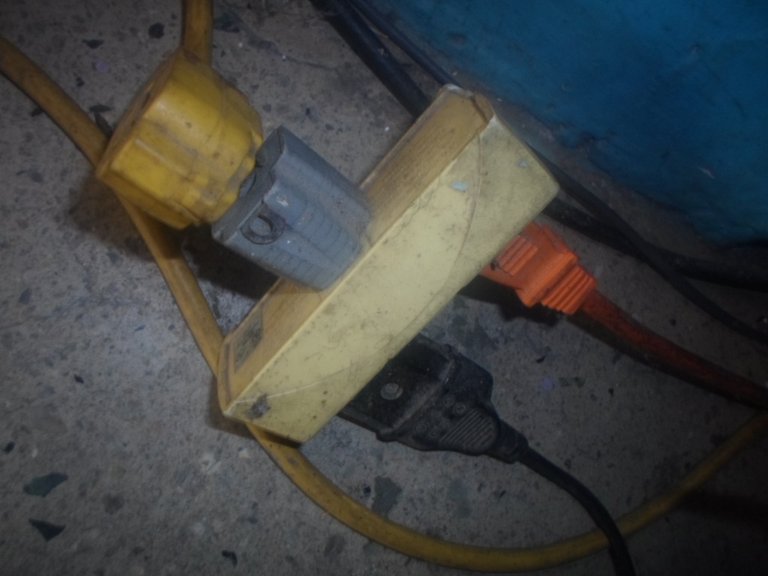ACCIDENTES EN EL HOGAR POR INCENDIOS ¿QUÉ HACER?

Imagen obtenida de pixabay
HOME FIRE ACCIDENTS
WHAT TO DO?

According to data issued by the Center For World Fire Statistics, worldwide there are 2.8 fires per 1000 inhabitants. These fires have resulted in the loss of hundreds of lives. The number of fire deaths is around 1.5 fire deaths per 100,000 inhabitants, and 4.3 fire injuries per 100,000 inhabitants.
In a study conducted in Venezuela in 2016 by the Venezuelan Association for the Prevention of Accidents and Diseases it was determined that the main causes of fires inside homes.
All this leads us to consider it imperative to address this issue in order to avoid and prevent the occurrence of fires and the disastrous consequences they produce. So, in principle, we must know what originates it, what are its causes and what we can do in case of facing a fire situation in our homes.

Fire is composed of several elements that start it and keep it "alive". First, three elements are required for a fire to occur: oxygen, fuel and a heat source. When these elements are mixed together, combustion begins. This combustion is known as incandescent combustion or flameless combustion. A combustion is a chemical reaction that generates light and heat.
Subsequently, as a result of the chemical reactions that take place, the flame is generated. This is what is known as combustion with flames or fire itself. In order for the flame to originate and be maintained, a fourth element known as the chain reaction enters into this chemical process. These are a series of processes of combination and recombination of free radicals that are released from the chemical reaction.

So in order to extinguish a fire we only need to eliminate some of the elements that make it up. These elements are: oxygen, heat, fuel and chain reaction.
Since the most frequent causes of fire are originated by leaks in liquefied petroleum gas cylinders, short circuits and handling of gasoline inside the home, then the answers on what to do to prevent fires in our homes should be directed towards these three causes
- Revisar el estado de la bombona, esto es, el cuerpo, el fondo semi-elíptico y la válvula. No debe estar deteriorado ni oxidado.
- Al conectar la bombona con el regulador y la tubería debemos chequear que no haya fuga. Para esto preparamos una solución de agua jabonosa con espuma. Luego echamos esta solución con bastante espuma en las conexiones y verificamos que no estén burbujeando. Se puede usar una botella de plástico asperjadora. Si vemos que la espuma burbujea esto es indicativo de que hay una fuga de gas en ese lugar.
- En caso que haya una fuga de gas dentro de la vivienda no encienda ni apaga ningún equipo eléctrico, ni encienda o apaga las luces. Abra las ventanas y puertas y espere que se disipe completamente el olor. Desconecte la bombona. Dependiendo de la magnitud de la fuga llamamos a los bomberos. La magnitud la podemos determinar aproximadamente por cuan fuerte se siente el olor a gas. Aunque siempre debería ser la primera opción llamar a los bomberos y a un técnico si consideramos que no podemos revisar todos los elementos que componen este sistema.
- Es necesario revisar si la fuga es en el cilindro, el regulador, las conexiones o en la tubería. También puede deberse a una fuga en la cocina. Toda esta revisión se realiza con el agua jabonosa.
When we run out of gas and we are going to change the cylinder, we must perform the following preventive actions:
- Check the condition of the cylinder, i.e. the body, the semi-elliptical bottom and the valve. It should not be deteriorated or rusted.
- When connecting the cylinder with the regulator and the pipe we must check that there are no leaks. For this we prepare a solution of soapy water with foam. Then we pour this solution with enough foam in the connections and we verify that they are not bubbling. A plastic spray bottle can be used. If we see that the foam bubbles this is indicative that there is a gas leak in that place.
- In case there is a gas leak inside the house do not turn on or off any electrical equipment, or turn on or off the lights. Open windows and doors and wait for the odor to dissipate completely. Disconnect the cylinder. Depending on the magnitude of the leak we call the fire department. The magnitude can be determined approximately by how strong the gas smell is. Although it should always be the first option to call the fire department and a technician if we consider that we cannot check all the elements that compose this system.
- It is necessary to check if the leak is in the cylinder, the regulator, the connections or in the piping. It can also be due to a leak in the kitchen. All this revision is done with soapy water.


In the case of fire prevention due to short circuits, it is necessary to check the condition of the wiring. Generally, fires of this type occur due to overloaded plugs or sockets. This happens when we connect a 220 Volt equipment in a 110 Volt outlet. They also originate when we recharge the connections with equipment.
Another cause of these short-circuit fires is when electrical extensions are used improperly spliced or with multiple connections without ensuring adequate protection with adhesive tape. Prevention consists of not overloading the electrical systems and in case of a short circuit, the main electrical switches of the house should be turned off.
Las imagenes utilizadas en el cuerpo del del post son de mi propiedad y fueron editadas con Power Point y Postimages.
Congratulations @psyfire25! You have completed the following achievement on the Hive blockchain and have been rewarded with new badge(s) :
Your next target is to reach 200 upvotes.
You can view your badges on your board and compare yourself to others in the Ranking
If you no longer want to receive notifications, reply to this comment with the word
STOPCheck out the last post from @hivebuzz:
Support the HiveBuzz project. Vote for our proposal!